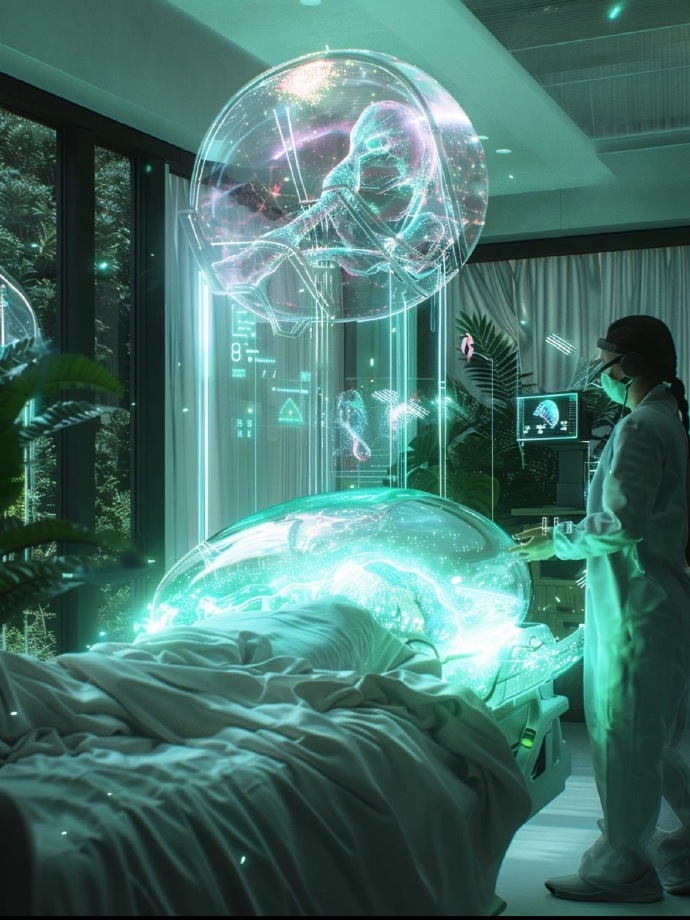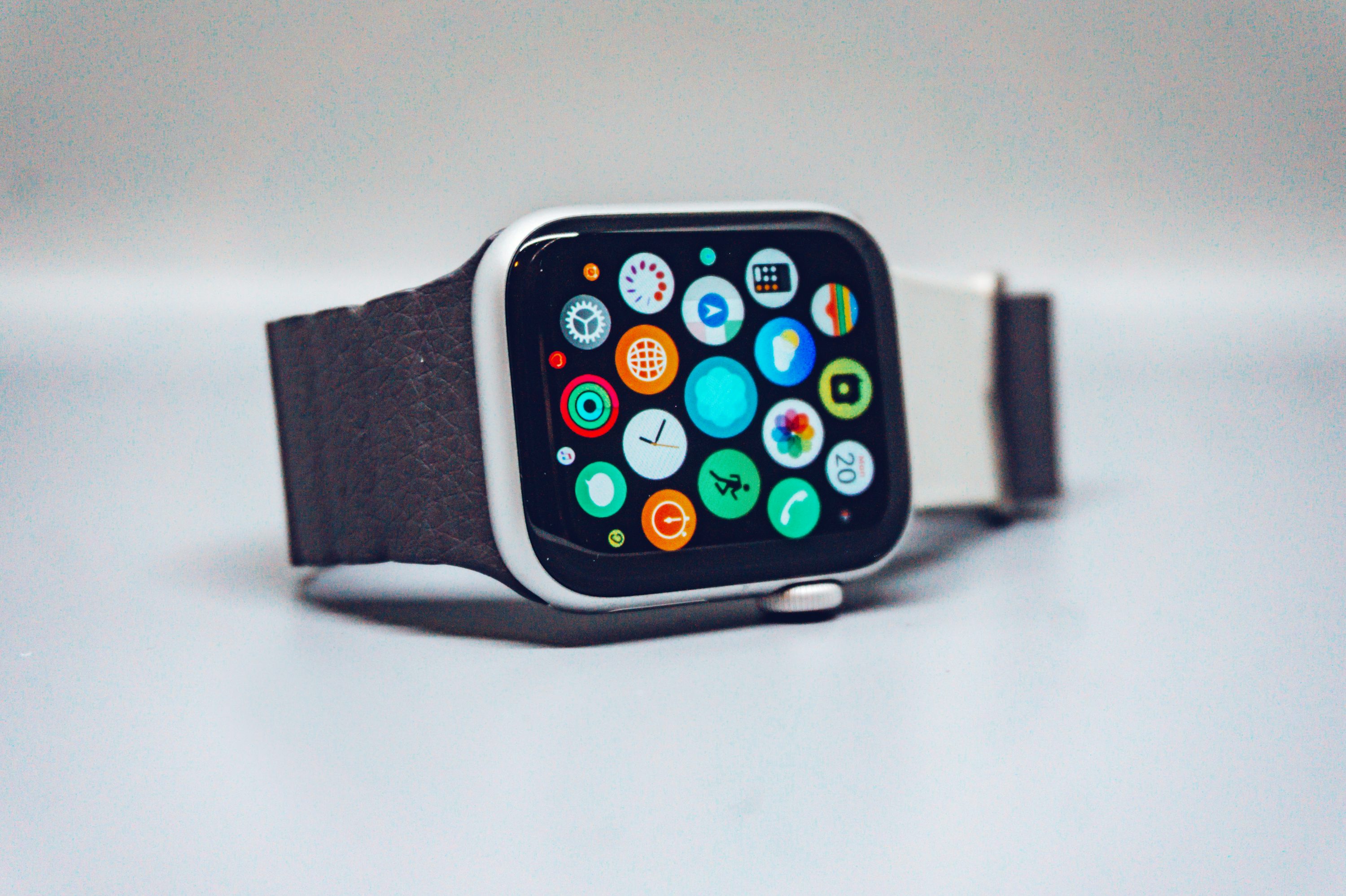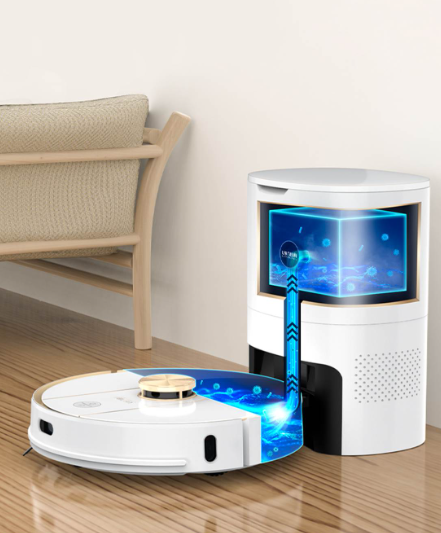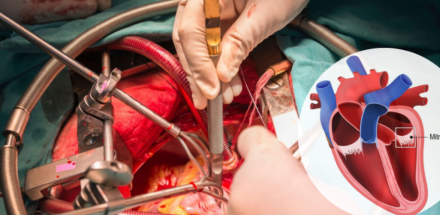Bio-Digital Twins The $500B Revolution in Personalized Medicine
The convergence of computational biology and artificial intelligence has given rise to one of the most transformative concepts in modern healthcare: bio-digital twins. These dynamic virtual replicas of human physiology represent more than mere medical records—they are living computational models that simulate individual health trajectories with unprecedented precision. By integrating real-time biometric data with multi-omics profiling, these digital counterparts enable predictive medicine that anticipates disease onset before clinical symptoms manifest. The emerging bio-digital twin market, projected to reach $500 billion by 2030, is poised to redefine personalized care from reactive treatment to proactive health optimization.
Advanced bio-digital twins incorporate data from wearable sensors, genomic sequencing, and environmental exposures to create multidimensional health avatars. Unlike traditional medical models that generalize population data, these systems employ mechanistic modeling that accounts for individual pathophysiology. Researchers at the University of Cambridge have developed cardiac twins that simulate blood flow through personalized coronary networks, predicting plaque formation sites with 94% accuracy. Meanwhile, metabolic twins created by MIT researchers can forecast glucose responses to specific foods by analyzing gut microbiome composition and enzymatic activity patterns, demonstrating how these systems transcend conventional diagnostic capabilities.

The clinical implementation of bio-digital twins operates through sophisticated feedback loops between physical and virtual entities. Continuous monitoring devices stream physiological data to cloud-based simulation platforms where machine learning algorithms detect deviations from predicted health baselines. This enables preemptive interventions—for instance, adjusting medication dosages based on simulated drug metabolism rates or recommending personalized lifestyle modifications before biomarkers indicate deterioration. The European Health Data Space initiative is currently establishing infrastructure to support these applications while maintaining rigorous privacy protections through federated learning architectures that process data without centralized storage.
Pharmaceutical innovation represents another frontier for bio-digital twin technology. Drug development pipelines increasingly incorporate patient-derived digital twins to simulate clinical trial outcomes, potentially reducing development timelines by 40% and replacing certain human trial phases. Oncology researchers at Memorial Sloan Kettering have created tumor microenvironment twins that test hundreds of drug combinations in silico before physical administration, significantly improving targeted therapy success rates. This approach is particularly valuable for rare diseases where patient populations are too small for traditional statistical analysis.

Implementation challenges include computational resource requirements and data standardization issues. Full-body digital twins currently require petabyte-scale storage and exaflop computational capacity, though edge computing solutions are making these systems more accessible. Regulatory frameworks are evolving to address validation requirements for virtual patient models, with the FDA developing new guidelines for in silico clinical trials. Ethical considerations regarding data ownership and algorithmic transparency remain subjects of ongoing debate within the medical community.
The economic implications of widespread bio-digital twin adoption extend beyond healthcare cost reduction. These systems create new value chains in predictive health analytics and personalized intervention services. Insurance companies are exploring usage-based premiums that reward members for maintaining optimal health metrics in their digital twins. Employers are incorporating twin technology into corporate wellness programs, using simulated aging projections to customize workplace health initiatives.

As the technology matures, bio-digital twins will likely evolve from specialized medical tools to mainstream health management platforms. Future iterations may incorporate neural interface data to create cognitive twins that model brain health, or environmental sensors to simulate toxin exposure impacts. This technological trajectory suggests a future where every individual maintains a dynamic digital health counterpart that grows increasingly accurate through lifelong learning—ultimately transforming medicine from generalized population science to truly personalized health optimization.
(Writer:Frid)





